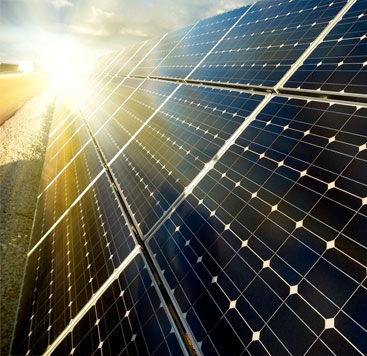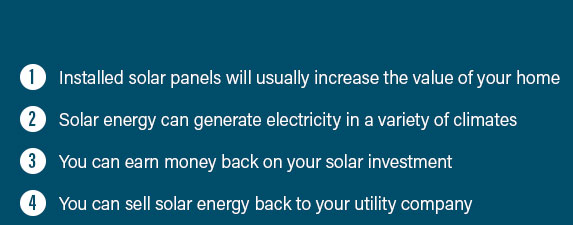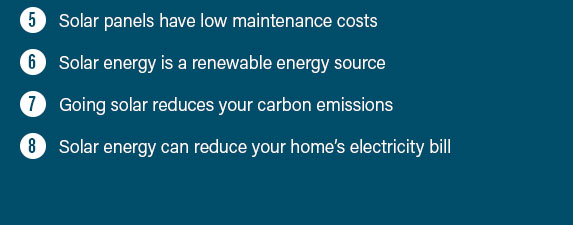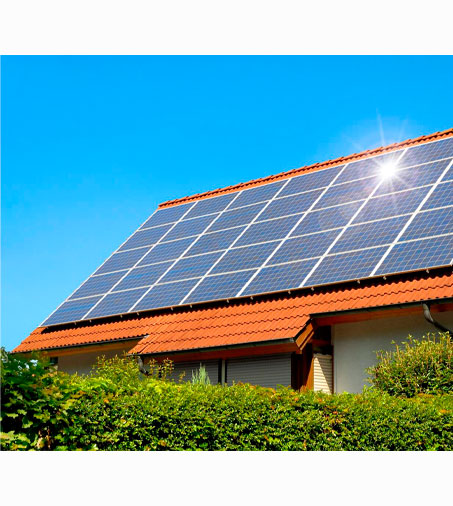 |
 |
 |
 |
 |
 |
 |
 |
 |
 |
 |
 |
 |
 |
|
 |
 |
 |
Exploring the World of Solar Power InstallationsSolar power installations have increasingly become a cornerstone of sustainable energy solutions across the globe. These installations, often characterized by their gleaming arrays of photovoltaic panels, serve as both a testament to human ingenuity and a pivotal element in the quest to reduce carbon emissions. At the heart of a solar power installation lies the photovoltaic cell, a marvel of modern technology that converts sunlight into electricity through the photovoltaic effect. The rise in popularity of solar power can be attributed to a variety of factors, from decreasing costs of solar panels to advancements in energy storage solutions. As the world grapples with the implications of climate change, solar power offers a beacon of hope, symbolizing a move toward cleaner, more sustainable energy sources. One of the key features of solar power installations is their versatility. They can be deployed in a myriad of settings, from large-scale solar farms in arid deserts to rooftop installations in urban areas. This adaptability not only maximizes the potential for solar energy capture but also democratizes energy access, allowing individual homeowners to contribute to energy generation. Moreover, solar power systems can be integrated with other renewable energy sources, such as wind or hydroelectric power, creating a robust and resilient energy grid. This integration is particularly beneficial in regions with variable weather conditions, ensuring a steady supply of electricity regardless of the time of day or season. The environmental benefits of solar power installations are undeniable. Unlike fossil fuel-based energy sources, solar power generates electricity without producing greenhouse gases or air pollutants. This reduction in emissions is crucial in the fight against global warming and air pollution, making solar power a key component of many national and international environmental strategies. Furthermore, solar power installations have minimal water requirements, unlike coal or nuclear power plants, which consume vast amounts of water for cooling. This makes solar power particularly attractive in water-scarce regions, where water conservation is a priority.
Despite these advancements, solar power installations are not without challenges. Energy storage remains a critical issue, as solar power generation is inherently intermittent, dependent on sunlight availability. However, progress in battery technology and grid management is gradually overcoming these hurdles, paving the way for a future where solar energy can reliably meet a substantial portion of our electricity needs. In conclusion, solar power installations represent a remarkable synthesis of technological innovation and environmental stewardship. As we continue to harness the sun's energy, the potential for a sustainable and prosperous future becomes ever more attainable. The journey toward widespread solar adoption is not without its obstacles, yet with continued investment and innovation, solar power is poised to play a central role in the global energy landscape. https://www.reuters.com/business/energy/us-solar-installations-hit-quarterly-record-making-up-75-new-power-added-report-2024-06-06/
The United States is expected to install roughly the same amount of solar capacity this year as 2023, which was a record of nearly 40 Gigawatts ... https://ember-energy.org/latest-insights/solar-power-continues-to-surge-in-2024/
That's 29% more than was installed last year, maintaining strong growth even after an estimated 87% surge in 2023. In 2024, an estimated 292 GW of solar ... https://en.wikipedia.org/wiki/Solar_power_in_the_United_States
As of the end of 2023, the United States had 179 gigawatts (GW) of installed photovoltaic (utility and small scale) and concentrated solar power capacity ...
|